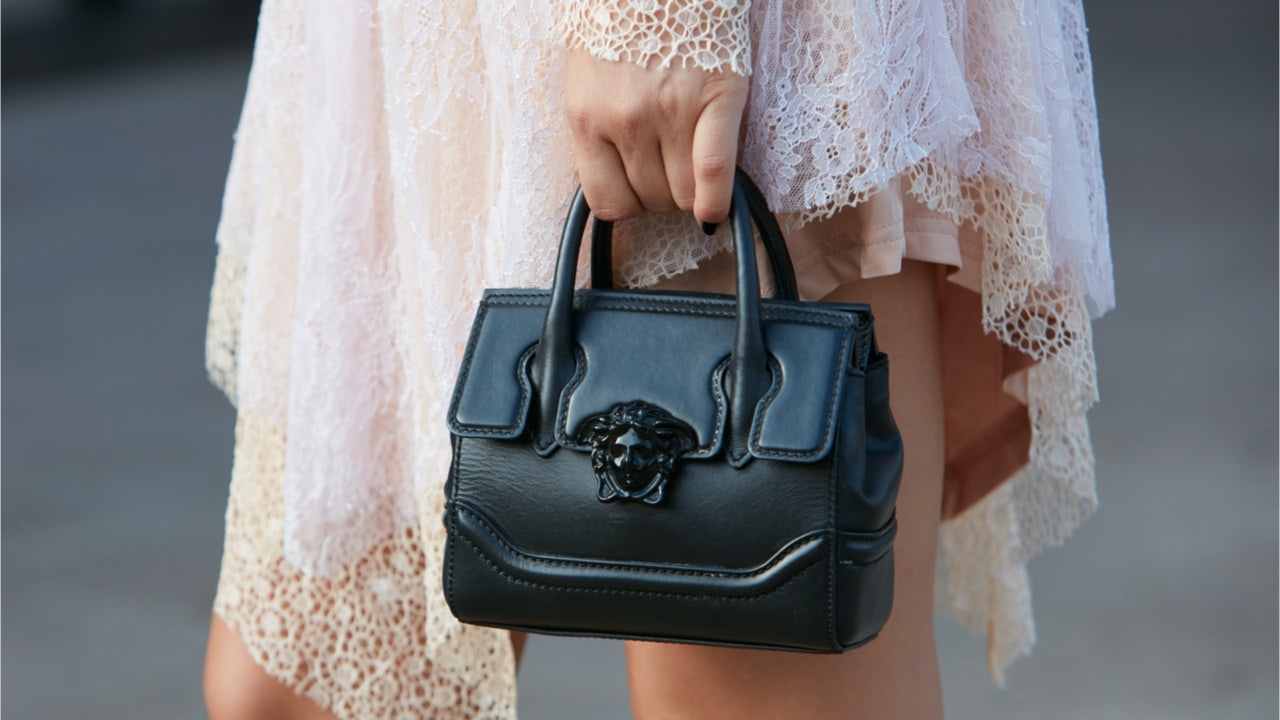On August 5th, Capri Holdings, which is the parent company of Michael Kors, Versace, and Jimmy Choo, revealed its first-quarter fiscal 2021 results, with the global fashion luxury group posting a narrower-than-expected loss. The conglomerate’s net losses totaled $180 million compared to a net income of $45 million from the previous year, and its revenue of $451 million was a drop from $1.35 billion last year. Yet, the company’s total revenues surpassed the Zacks Consensus Estimate. Both the top and bottom lines declined sharply from the same period a year ago, thanks to the impact of the COVID-19 pandemic.
Revenues fell across the company’s three brands. Michael Kors' revenue was down 68.7 percent to $307 million for the quarter — a drop that coincides with designer Michael Kors' recent announcement that he will not be presenting a Spring/Summer 2021 collection at New York Fashion Week. Meanwhile, Versace's revenue fell 55.1 percent to $93 million, and Jimmy Choo's revenue was down 67.7 percent to $51 million. Capri did not give fiscal 2021 guidance due to uncertainty surrounding the coronavirus.
Capri’s chief executive, John Idol, discussed the impact that dramatic travel declines have had on his company, stating, “All of our regions have been impacted, as international travel has virtually come to a standstill since the outbreak of COVID-19. Tourism and travel-related sales comprise a meaningful part of our business. Tourist activity impacts our travel retail.” The company plans to keep diversifying its brands’ global footprints, with an emphasis on the Asia Market, as each of its three brands still has a larger market share in that region.
